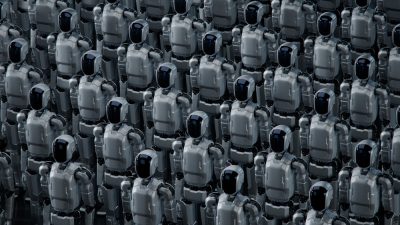Highlights –
- The 1,000 Languages Initiative is the first AI project Google revealed for AI. With this initiative, Google aims to build an AI system that can read natural language text in the 1,000 most spoken languages in the world.
- The business revealed this week that it had developed an AI system that can produce flood alerts up to a week in advance based on weather forecasts.
Google LLC has provided information about various internal research initiatives focused on examining new uses for Artificial Intelligence (AI) technologies.
The search engine giant revealed the projects on Wednesday during a Manhattan event.
The first AI project effort detailed by Google is called the 1,000 Languages Initiative. With this initiative, Google aims to build an AI system that can read natural language text in the 1,000 most spoken languages in the world. So far, the effort has produced a neural network known as the Universal Speech Model that can comprehend more than 400 languages.
Jeff Dean, senior vice president of Google’s research division, says, “This will be a many years undertaking – some may even call it a moonshot – but we are already making meaningful strides here and see the path clearly.”
The business also provided details on Wordcraft, a second AI tool that can assist fiction writers. According to Google, the system has already been used to generate stories by more than a dozen professional authors. The initial collection of stories created with Woodcraft’s assistance is now made publicly accessible by the search engine giant.
The company claims Wordcraft is based on Google’s previously described LaMDA natural language processing model. Up to 137 billion parameters, or configuration options, can be used using LaMDA to customize how an AI handles data. A neural network can accomplish more tasks the more parameters it has.
Other AI systems detailed by Google alongside Wordcraft also feature natural language processing functionalities. Based on customer inputs, one AI system known as DreamFusion can produce three-dimensional visuals. Another recently developed neural network can deliver piano music and realistic speech.
As part of its research activities, Google has been investigating ways to use machine learning in the healthcare industry. The business explained that it is working on an AI system to assist nurses and midwives in determining a fetus’s gestational age and location in the womb. Google is simultaneously developing ARDA, an AI-powered application that will make it simpler for medical professionals to identify diabetic retinopathy.
Dean stated, “Through ARDA, we’ve successfully screened more than 150,000 patients in countries like India, Thailand, Germany, the United States, and the United Kingdom across deployed use and prospective studies — more than half of those in 2022 alone. Further, we’re exploring how AI can help your phone detect respiratory and heart rates.”
Google is looking into ways to use AI in a variety of other industries. The business revealed this week that it had developed an AI system that can produce flood alerts up to a week in advance based on weather forecasts. Additionally, Google unveiled Code for Policies, an open-source tool that enables the training of robots to carry out new tasks using natural language instructions.





























































